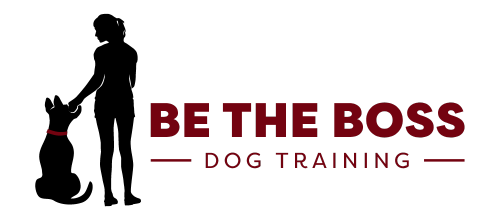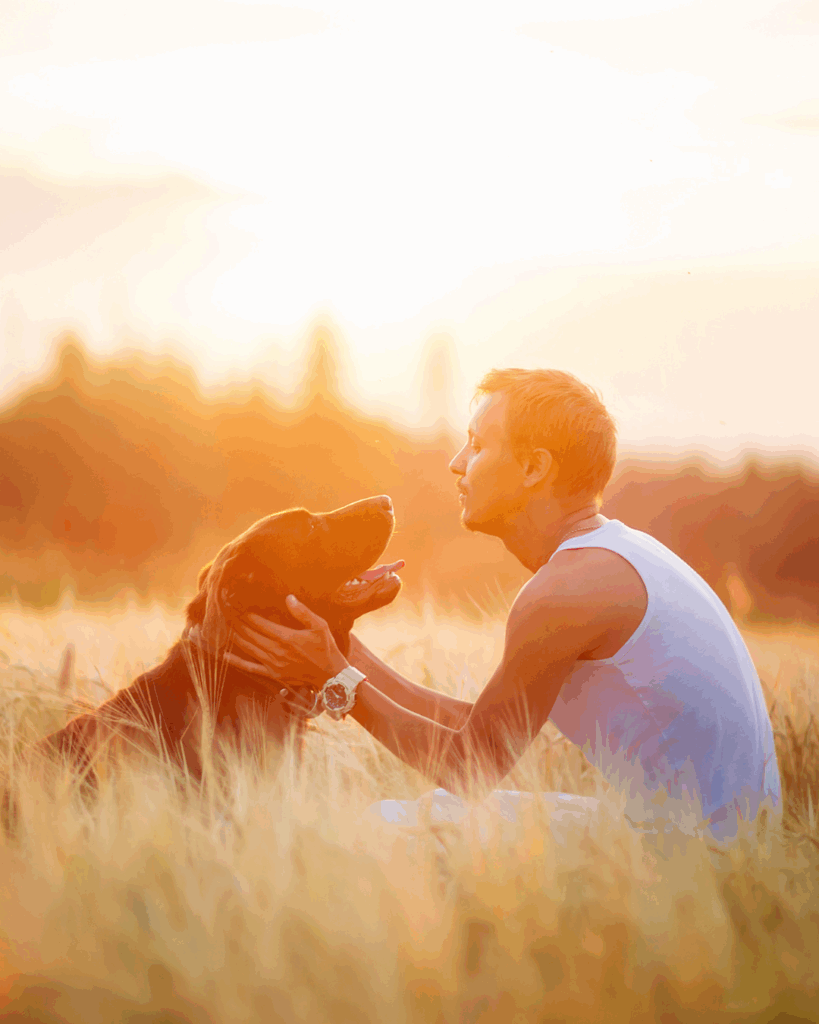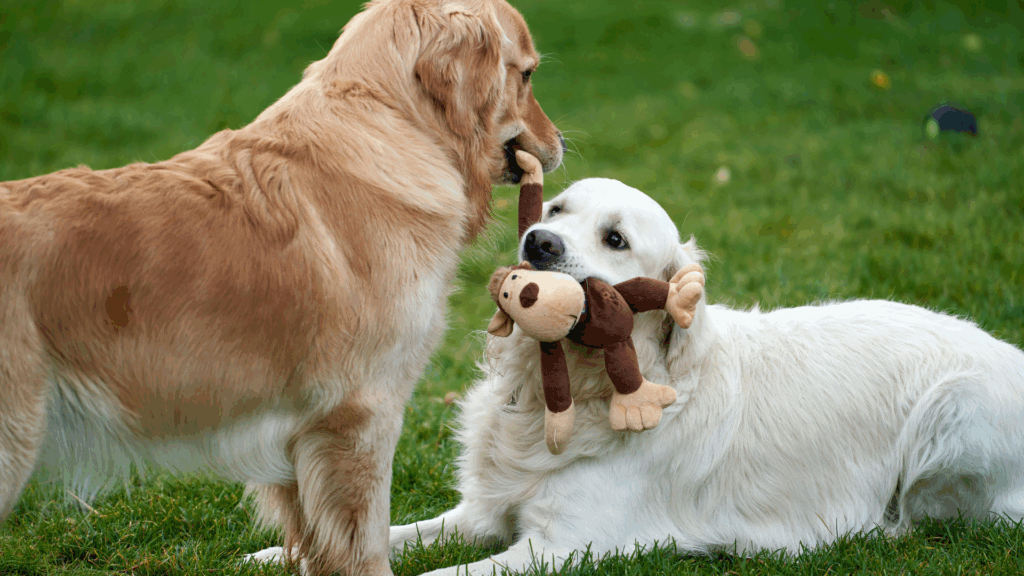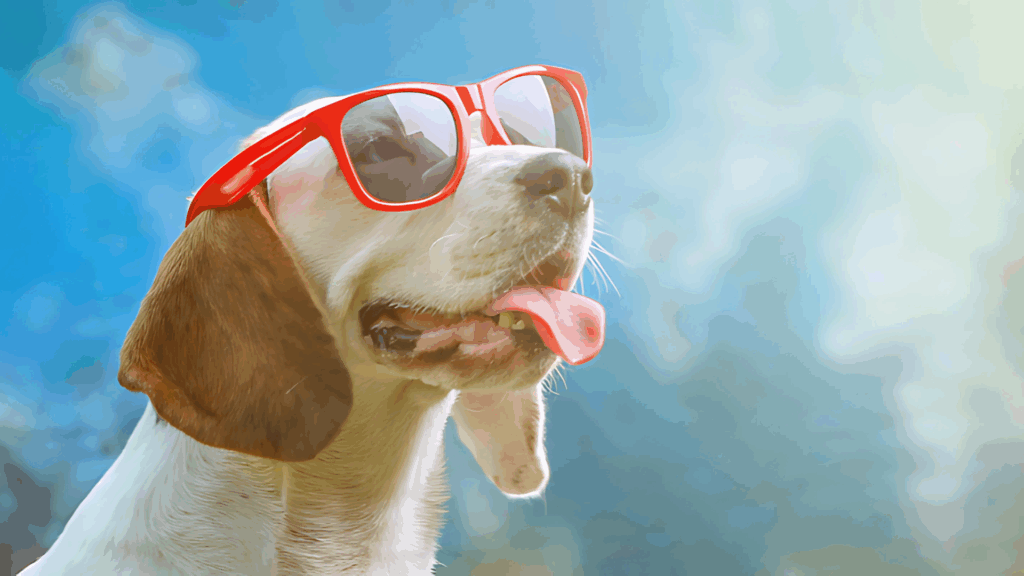Treat training is hailed as a miracle method for turning unruly dogs into perfectly obedient companions. Everywhere you look, trainers and dog owners swear by its effectiveness, promising that a pocket full of treats will guarantee a well-behaved dog. It’s an appealing idea, right? After all, who wouldn’t want to train their dog using a system built on rewards and positive reinforcement?
But what if I told you that the treat-based training method is nothing more than an illusion? An illusion that, while well-intentioned, creates a false sense of obedience in your dog, leaving you with more problems than solutions.

The Seduction of Treat Training
Let’s face it: treats are a shortcut. They provide an immediate and simple way to get your dog’s attention and compliance. In the short term, they work like magic. You wave a treat, your dog sits. You hold up a snack, your dog comes running. But what happens when the treats aren’t there? When you don’t have that bag of goodies in your pocket? Suddenly, that perfect obedience vanishes into thin air, revealing the truth behind the illusion: your dog wasn’t really obeying you. They were obeying the treat.
Treat training manipulates your dog’s natural drive for food, conditioning them to respond to the lure rather than truly respecting and understanding you as their leader. It’s not obedience; it’s bribery. Think of it this way: would you trust an employee who only shows up to work because you hand them a cookie every hour? Or would you rather have an employee who understands the value of their work, who is committed and respectful without needing constant rewards?

The Psychology of Treat Training
Here’s where the psychology gets interesting. Treat training taps into the concept of operant conditioning, where behaviors are modified by their consequences—in this case, food rewards. However, the problem with this method is that it conditions your dog to expect something in return for their actions. This creates a transactional relationship between you and your dog. Obedience becomes a currency, traded only for the promise of a treat.
Dogs, just like humans, have a psychological need for structure and hierarchy. They are pack animals by nature, looking to their leaders for guidance and boundaries. When treat training becomes the primary method of behavior management, it muddles this natural order. Your dog starts to see you not as a leader, but as a vending machine. This undermines the foundation of trust and respect that is crucial for a healthy dog-human relationship.

The False Security of Food-Based Training
Let’s break down the illusion. When you rely solely on treats, you’re building your dog’s obedience on a fragile foundation. What happens when you encounter a real-world scenario—an off-leash dog rushing towards you, a child running up to pet your dog, a loud noise startling them—and you don’t have a treat at hand? In those critical moments, you need your dog to respond to your commands because they trust you, not because they’re waiting for a snack.
Many dog owners find themselves perplexed when their “perfectly trained” dog suddenly ignores commands in high-stress situations. The truth is, the dog was never truly trained; they were conditioned. And there’s a big difference. Conditioning relies on the presence of a reward, whereas true training instills a sense of trust, respect, and understanding between you and your dog.

The Real Obedience: Beyond the Illusion
Real obedience goes beyond the superficial layer of treats. It’s about building a relationship where your dog listens to you out of respect and trust, not because they’re expecting a piece of chicken. This requires a deeper understanding of your dog’s psychology and a commitment to establishing yourself as a calm and assertive leader.
True obedience training emphasizes clear communication, consistency, and boundaries. It teaches your dog to look to you for guidance because they recognize you as their leader. This isn’t about dominance in the harsh sense; it’s about establishing a relationship where your dog feels secure in your authority. When your dog understands their place within your family “pack,” they feel safer, calmer, and more willing to follow your lead without the need for constant rewards.

The Manipulative Truth About Treat Training
Treat training can be a crutch, a way to avoid addressing the deeper behavioral issues that might be present. It’s easier to distract a dog with a treat than to confront the reasons behind their disobedience. Is your dog anxious? Hyperactive? Fearful? Treat training glosses over these root problems, offering a temporary fix rather than a lasting solution.
Think about this: if your dog is only sitting, staying, or coming because they’re waiting for food, what does that say about their understanding of your role in their life? It reveals a lack of respect and trust in you as their leader. They’re not obeying because they trust your judgment or because they understand the importance of the command; they’re obeying because they’ve been trained to expect something in return.

Leadership Over Treats
This is where the contrarian approach comes in. To develop a truly obedient dog, you must step away from the treat illusion and focus on building a relationship based on mutual respect and clear leadership. This means setting boundaries, being consistent, and using positive reinforcement in the form of praise, play, and affection—not just food.
When you move beyond treat training, you engage with your dog on a deeper level. You learn to read their body language, to understand their needs and motivations, and to communicate with them in a way that fosters trust. This kind of training takes time, patience, and effort. It’s not as simple as waving a piece of meat, but the rewards are far greater.
A dog that obeys out of respect doesn’t need a treat to come when called. They don’t need a snack to sit and stay. They do it because they recognize you as their leader, because they trust you to guide them in a world that can often be confusing and overwhelming. This trust is what creates true obedience—not the promise of a treat.

The Psychological Benefits of Real Training
Training your dog without treats has profound psychological benefits for both you and your dog. For your dog, it creates a sense of security. They learn to navigate their environment with confidence, knowing they can rely on you for guidance. This reduces anxiety and promotes a balanced, calm demeanor.
For you, moving beyond treat training means stepping into the role of a true leader. It challenges you to be consistent, to set boundaries, and to communicate effectively. It forces you to engage with your dog in a meaningful way, building a relationship that is based on mutual respect rather than transactional exchanges.

Breaking Free from the Treat Illusion
If you’ve been relying on treats to train your dog, it’s time to break free from the illusion. Start by gradually reducing the use of treats in training sessions. Replace them with praise, affection, and play. Focus on clear, consistent communication. Set boundaries and stick to them.
Most importantly, step into your role as your dog’s leader. Your dog craves structure and guidance. They need to know that you are in control, not just because you have a treat in your pocket, but because they trust you. This is the foundation of true obedience.

Conclusion: The Real Reward
The real reward in dog training is not a dog that will perform tricks for a treat. It’s a dog that will look to you for guidance in every situation, trusting you implicitly because you have established yourself as a calm, assertive, and consistent leader.
By moving beyond the treat illusion, you foster a relationship that is built on trust, respect, and true understanding. This is the foundation of real obedience—obedience that doesn’t disappear when the treats run out. It’s obedience that lasts a lifetime, grounded in the bond you have created with your dog.
So, the next time you reach for that bag of treats, ask yourself: am I creating a truly obedient dog, or am I just feeding into the illusion? The answer could change the way you see dog training forever.





